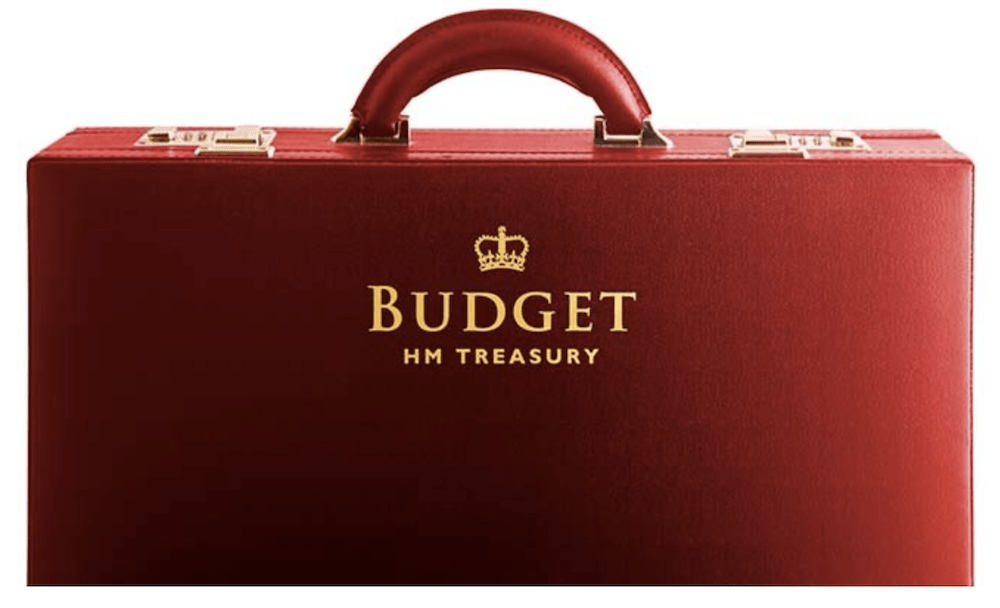Just 34 days into his role as Chancellor of the Exchequer, Jeremy Hunt delivered his Autumn Statement on 17 November.
It was against a backdrop of a £55 billion “hole” in public finances that needed to be filled with tax hikes and spending cuts if the Government wanted to stick to its rules concerning lowering debt that Hunt delivered his speech.
Here are the highlights that individuals and businesses need to know.
Economic outlook
Hunt began the Autumn Statement with an overview of the economy as reported by the Office for Budget Responsibility (OBR).
According to the OBR, the economy will have grown by 4.2% in 2022 but is currently in recession and will be throughout 2023. The economy will contract by 1.4% next year, the OBR said.
However, “without the energy price guarantee and other measures, the recession would be 1.1 percentage points deeper”, it added.
GDP will then rise by 1.3%, 2.6% and 2.7% in the following years, meaning that the economy should finally return to its pre-pandemic level in the fourth quarter of 2024 as inflation falls to return to the Government’s target of 2% in 2027.
However, high inflation will reduce wages and living standards by 7% in the two financial years to 2023/24, wiping out the last eight years of growth.
Personal announcements
Hunt began the core of the Autumn Budget with a range of announcements on personal taxes.
These included an announcement that the additional-rate tax threshold would be lowered from £150,000 to £125,140 from April 2023, bringing 250,000 more taxpayers into the additional rate for income tax.
Meanwhile, the capital gains tax allowance, or the annual exempt allowance, will be cut from £12,300 to £6,000 for the 2023/24 tax year, and then halved to £3,000 in 2024/25.
Similarly, the tax-free dividend allowance will be slashed from £2,000 to £1,000 in April 2023. It will then be cut again to £500 in April 2024.
Hunt also announced a number of tax threshold freezes to increase tax receipts. These included:
- Income tax – the personal allowance will remain frozen for another two years until 2028 at £12,570. Rishi Sunak had introduced the freeze until 2026 when he was Chancellor.
- National Insurance – the point at which individuals must pay National Insurance contributions will remain at £12,570 until 2028.
- Inheritance tax – also frozen until 2028, the inheritance tax threshold has now been frozen at £325,000 since April 2009.
Other personal announcements include electric vehicles no longer being exempt from vehicle excise duty from 2025 and a number of payments to support households with energy bills.
Business announcements
Hunt confirmed that a business rates revaluation will take place in April 2023, but announced a set of changes, including:
- Multipliers will be frozen in 2023/24 at 49.9p and 51.2p, rather than increasing to 52.9p and 54.2p.
- Relief for retail, hospitality and leisure will increase from 50% to 75%. That equates to £110,000 per business in 2023/24.
- A transactional relief scheme will place ‘upward caps’ on bill increases caused by changes to rateable values at the 2023 revaluation.
- A ‘supporting small business scheme’ will cap bill increases at £600 per year for certain small businesses.
The Chancellor also announced the additional deduction for SME R&D relief will be decreased from 130% to 86%, while the SME credit rate will decrease from 14.5% to 10%.
Meanwhile, the R&D expenditure credit will increase from 13% to 20%, which Hunt justified as a “rebalancing” of the two reliefs and a measure to address fraudulent claims in the SME scheme.
Talk to us about your business and how the Autumn Statement will affect you.
